Microlearning and Neuroscience
Neurons and Learning
It’s an oddly alien sight at first glance. A bulbous head sprouts multiple tendrils, each splitting into even finer branches. Extending from this head is a slender tail, tapering into delicate, grasping arms that seem to reach out in search of connection. Billions drift within a confined space, endlessly seeking one another.
This is the best way I can describe looking at a neuron—the fundamental unit of the brain, orchestrating its every function. Learning happens when a neuron’s arm reaches out to touch the tendrils—called dendrites—of another. These connections form clusters, sometimes linking hundreds or even hundreds of thousands of neurons, shaping ideas and entire frameworks of thought.
These connections form long-term memories, like those created when learning long division or mastering a stick shift. The more these activities are practiced or reflected upon, the stronger the connections become. This all takes place in the part of the brain known as the neocortex.
Short-term memory, on the other hand, relies on a different set of neurons for a different purpose. It holds small bits of information readily available, but only for a short period of time. Oakley, Rogowsky, and Sejnowski (2021) analogize it to a multi-armed octopus juggling balls—some people may have more arms, enabling them to handle more at once. But try to juggle too many, and everything comes crashing down.
The goal of teaching and learning is to transfer information from short-term to long-term memory. Long-term memory not only stores information for extended periods but also expands the capacity of short-term memory. For example, as the authors above explain, a person can hold more sentences in their short-term memory if they are fluent in the language.
Microlearning and Long-Term Memory
There are several ways to facilitate this transfer and strengthen neural connections. Microlearning is an effective strategy that structures the learning process with these best practices in mind. As discussed in the previous post, microlearning revolves around delivering content in short bursts (2 to 10 minutes), ensuring that the material is both relevant and immediately applicable. This approach aligns closely with neuroscience-based best practices for effective learning.
Lengthy learning sessions, like one might find in corporate training, often overwhelm learners by dumping excessive information in an attempt to cover ground quickly. This approach is similar to a student sitting through a long lecture and then cramming for an exam—neither leads to deep, lasting learning. Here are a couple best practices (adopted from Agarwal and Bain, 2019) for learning and how microlearning serves as an effective framework for implementing them in your organization.
1. Retrieval
Agarwal and Bain (2019) argue that the focus should shift from cramming information into learners’ heads to helping them retrieve it, through active recall. For example, after completing an organizational training on emotional intelligence, if you try to recall what you learned about self-awareness and reflect on how it connects to your existing knowledge and how it might be applied, you’ll have a much better chance of recalling that information in the future compared to the other components of emotional intelligence.
Microlearning offers frequent opportunities for retrieval by breaking larger trainings into smaller, spaced-out chunks. Each microlesson builds on the previous one, scaffolding the learning process. New lessons provide chances for learners to retrieve information from earlier lessons, often through quizzes that reinforce key concepts, particularly those that will be expanded upon in the next lesson.
The strategy of microlearning not only helps reduce cognitive overload from longer sessions but also provides essential “brain breaks” (Oakley, Rogowsky, and Sejnowski, 2021). Breaks are vital during the learning process because they allow neurons to form connections and organize information. Taking a break between microlessons gives the brain a chance to consolidate what it has learned and begin storing it in long-term memory. After this consolidation, the next microlesson provides an opportunity for learners to strengthen these connections through intentional retrieval.
2. Interleaving
Many may recall high school homework assignments, like in math, where you’d have to complete questions at the end of the chapter. After learning something like long division, you’d work through a dozen or so problems. This practice is important because it allows students to apply what they’ve learned. However, this approach—known as the block method, where a block of practice focuses on a single topic—isn’t the most effective for transferring knowledge into long-term memory.
A more effective approach is interleaving, where learners practice not only the most recent material but also revisit what they learned earlier. This method helps strengthen connections across topics, enhancing long-term retention and application. Instead of engaging in practice problems AAAAAA for topic “A,” you interleave it with practice on topics “B” and “C” (AABC, CCBBA, BAAC). This mixed with the spaced repetition of exercises promotes strong, reinforced neural connections.
Once again, microlearning aligns well with the science of interleaving. A single training course typically focuses only on the current topic, without offering opportunities for spaced repetition or retrieval practice. Scaffolded microlessons, however, create an ideal environment for revisiting previous material while introducing new content. For example, with emotional intelligence, each microlesson could focus on one of the five elements of EI, building upon the previous lessons. These lessons could be designed to intentionally interweave opportunities for learners to retrieve and practice concepts from earlier lessons, reinforcing learning and enhancing retention.
Conclusion
These are just a couple of neuroscience-based best practice that align well with microlearning. The strengthening of neural connections through methods like retrieval and interweaving not only aids long-term memory but also enhances the transferability of what is learned. Microlearning emphasizes the relevance and applicability of material, and incorporating these practices helps maximize its potential, ensuring that learners retain and can apply knowledge more effectively.
Agarwal, P. K. and Bain, P. M. 2019. Powerful teaching: Unleash the science of learning. Jossey-Bass: San Francisco.
Oakley, B., Rogowsky, B., and Sejnowski, T. J. 2021. Uncommon sense teaching: Practical insights in brain science to help students learn. TarcherPerigree.
